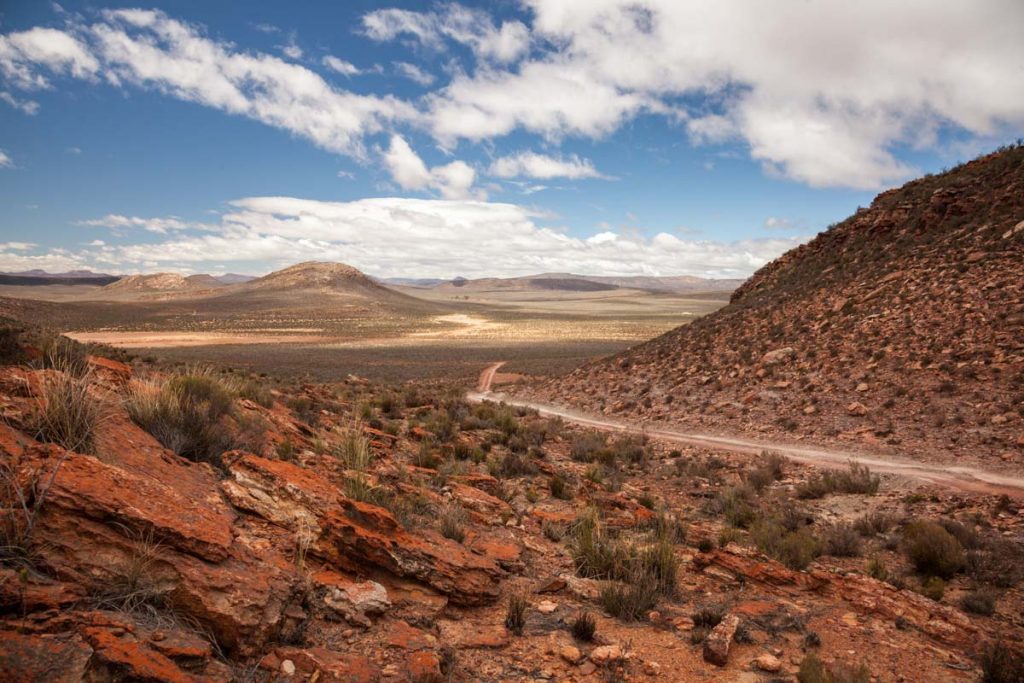Cape Town, July 27, 2023
At the turn of the 20th century, the African continent was home to over 200 000 wild lions, with thousands of lions freely roaming the Western Cape’s greater Karoo region. However, Africa’s once-thriving wildlife species have suffered a devastating decline in less than 100 years. Current estimates indicate that only around 20,000 lions remain in the wild.
With natural habitats and prey resources declining by over 90% in 26 countries across the continent, a heartbreaking extinction has befallen Africa’s once magnificent lion population. One of the first subspecies to disappear from the wild was the mighty Cape lion.
The Cape lion (Panthera leo melanochaita) is extinct in the wild. Relentless hunting and habitat destruction led to their population’s sharp decline. The last confirmed sighting of a wild Cape lion occurred in the early 1800s. While conservationists hope to reintroduce the Cape Lion’s closest genetic match, no credible evidence suggests their continued existence.
The tragic demise of the Cape lion can primarily be attributed to hunting. European settlers viewed these powerful predators as threats to their livestock and posing danger to human settlements. As a result, they relentlessly hunted Cape lions, leading to a significant reduction in their numbers.
The introduction of firearms further intensified the rate of hunting, making it easier to kill these majestic animals. The decline was so rapid and extensive that by the middle of the 19th century, the Cape lion was effectively extinct in the wild.
Cape lions were a distinct subspecies of the African lion, showcasing some unique physical characteristics. Renowned for their impressive size and fearsome appearance, adult male Cape lions typically weighed between 180 to 225 kilograms (400 to 500 pounds) and could reach lengths of up to 2.7 meters (9 feet) from head to tail.
The Cape lion’s most distinctive features were their black-edged ears and dark, thick manes that extended down the belly and encircled their heads. The colour of their coat ranged from a light tawny to reddish-brown hue, with a white underbelly and inner legs.
The Cape lion’s historical range encompassed dry and arid parts of Southern Africa. From the southernmost tip of Africa to the Western Cape’s Mountainous Karoo, these once impressive lions inhabited a diverse range of landscapes, including grasslands, semi-dessert regions, and Cape Town’s iconic coastal plains.

Help us save Africa’s wildlife heritage!
Make a donation of your choice to support our conservation initiatives and rehabilitation projects.
© Copyright ARC (Animal Rescue Centre, Aquila Collection).